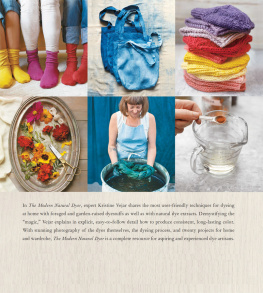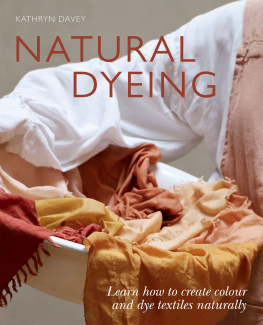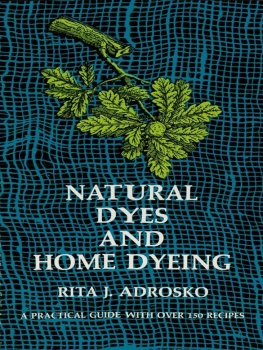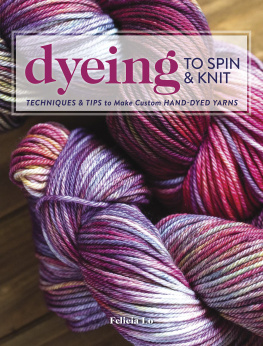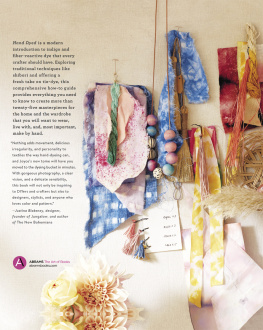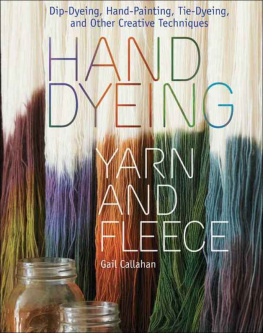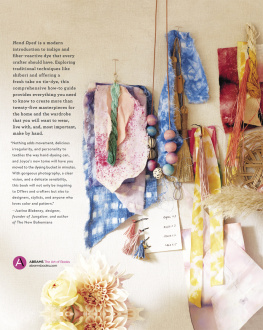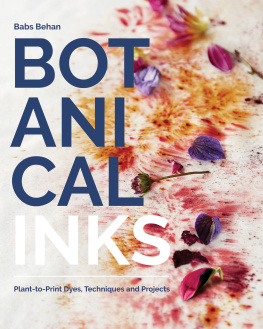



Published in 2015 by Stewart, Tabori & Chang
An imprint of ABRAMS
Text 2015 Kristine Vejar
Photographs 2015 Sara Remington
Illustrations 2015 Patricia Pierce Stone
All rights reserved. No portion of this book may be reproduced, stored in a retrieval system, or transmitted in any form or by any means, mechanical, electronic, photocopying, recording, or otherwise, without written permission from the publisher.
Library of Congress Control Number: 2014959126
ISBN: 978-1-61769-175-1
eISBN 978-1-61312-986-9
Editors: Melanie Falick and Valerie Shrader
Designer: Brooke Reynolds for inchmark
Production Manager: Anet Sirna-Bruder
Abrams books are available at special discounts when purchased in quantity for premiums and promotions as well as fundraising or educational use. Special editions can also be created to specification. For details, contact specialsales@abramsbooks.com or the address below.

ABRAMS The Art of Books
195 Broadway, New York, NY 10007
abramsbooks.com

To my loves: Adrienne, Cleo, and Callie

CONTENTS
introduction
My infatuation with color and natural dyeing began in India. In 1999 I traveled there for the first time to study art and architecture. For three months I was based in Jaipur, a renowned center of art and craft. Stacks of brightly colored, intricately patterned fabrics were on prominent display throughout the city. With my halting Hindi, I inquired about the fabric and discovered that some of the cloth was colored using dyes derived from plants. This was a pivotal moment for me. Instantly I wanted to know more. I was full of questions: Could all colors be madeand if so, how? Could all plants be used? How was color applied to cloth? Although I grew up knitting and sewing in rural Illinois alongside my grandmother, I had never considered how fabric was made or how its color was applied. I realized I had taken color for granted! I had never thought about the dyeing process or what dye was made of, nor did I understand that there was a choice between synthetic dyes and plant-based dyes. All of a sudden, with the understanding that color could come from plants, the study of textiles grew even more meaningful to me. I had always held knitting and sewing close to my heart, but the art and application of natural dyeing presented an entirely new dimension to these processes and became a whole new way to see nature and to be with plants.
Desiring to see the practice of natural dyeing firsthand and growing weary of the hustle and bustle of busy Jaipur, I decided to travel to the remote and serene desert region of Kutch, renowned for its textiles. I visited a farm and workshop widely recognized for natural dyeing and block printing, then called Dhamadka, today known as Ajrakhpur. There was so much going on at once that it made my head spin! Like a set of snapshots in my mind, I can still recall moments from the day: I see a concrete vat the size of a car overflowing with odiferous water; I watch men stamp dye onto fabric with wooden blocks and hear a soft thumping noise radiating around the workshop; and I marvel at long swaths of printed yellow fabric stretched out along the ground outside, held in place with rocks. It was beautiful and intriguing. I wanted to know what their dyes were made of, where they came from, in what order they were applied. I loved the palette and how every color went together harmoniously, just like in nature. Despite my enthusiasm for natural dyeing, though, I only had a month in Kutch and was soon back in the United States to complete my undergraduate degree.

Samples from my dyeing experiments, which help me design new colors.
In 2001 I was fortunate to work at the Textile Museum in Washington, D.C., writing descriptions of its collection of northern Indian textiles for its database. I often spent my lunch hour in the museum library, poring over rare and obscure books about textiles and the people who make them. Flipping through the pages of those books, I discovered that while certain styles of textiles are regional, the techniques are notmany of them are practiced worldwide. I was in awe of the artisans who had spent so much time learning about natural dyeing that they could create an incredible range of color and manipulate the application of the dyes to create a myriad of surface design patterns. I wanted to understand every aspect of the process. I figured the best way to really know how to use natural dyes was to start practicing.
In 2001, I returned to India on a Fulbright grant to continue my textile-based research. This time I spent a year and a half in Kutch, where I learned the basics of natural dyeing, block printing, and a style of resist dyeing called bandhani. To study natural dyeing in an area where it has been practiced for thousands of years was truly an honor. To this day, my work and my practice are informed by all that I learned in Kutch.
In 2007, I founded my naturally dyed yarn business, A Verb for Keeping Warm. I didnt begin in a studio; I started in my kitchen! I made it a viable workspace because I was so passionate about natural dyeing. I began by using a handful of natural dyes to create a dozen colors. Right away I saw others reacting to my naturally dyed yarns exactly as I reacted to what I saw in India: their faces lit up and they peppered me with questions similar to those I had asked in Kutchthe what, why, and where of natural dyes.
As the business grew, I moved to a studio and then to my current space, which encompasses an even larger studio, indoor and outdoor teaching areas, a fabric and yarn shop, a dye garden, and a wonderful staff. In the dye studio, we create more than a hundred colors, all of which need to be reproduced on demand. In the garden, we grow dye plants from around the world, including indigo and madder, and even raise the insect cochineal. Teaching others about the process of natural dyeing, and participating in this ancient tradition, has become an extremely fulfilling and meaningful part of my life.
In India and in the U.S., I have learned so much in the past ten years about natural dyes and dyeing. For instance, I learned that thousands of colors can be made and that many plants can be used as dyes, though some make better dyes than others. Ive learned hundreds of ways to apply color to cloth. From this exploration, I created this guide that includes the most accessible dyes and easiest practices. I want to share the joy and satisfaction of natural dyes with you by teaching you how to work with them at home to make projects with which youll want to surround yourself. Natural dyes almost seem alive as they respond to a variety of elements including light, minerals, pH, metals, growing conditionsso I am constantly learning. As you learn, I encourage you to embrace the unique qualities of the natural materials. Each dyeing session yields its own distinctive, yet equally satisfying, results.
Next page
